Inset cabinet hinges
jbrodie
15 years ago
Featured Answer
Comments (20)
oruboris
15 years agojbrodie
15 years agoRelated Professionals
Cuyahoga Falls Kitchen & Bathroom Designers · El Sobrante Kitchen & Bathroom Designers · Northbrook Kitchen & Bathroom Designers · Cloverly Kitchen & Bathroom Remodelers · Bellevue Kitchen & Bathroom Remodelers · Creve Coeur Kitchen & Bathroom Remodelers · Fort Pierce Kitchen & Bathroom Remodelers · Independence Kitchen & Bathroom Remodelers · Rancho Cordova Kitchen & Bathroom Remodelers · Waukegan Kitchen & Bathroom Remodelers · Oakland Park Cabinets & Cabinetry · Sunset Cabinets & Cabinetry · Milford Mill Cabinets & Cabinetry · Channahon Tile and Stone Contractors · Englewood Tile and Stone Contractorsvelodoug
15 years agolmarletto
15 years agocabrep
15 years agoannes_arbor
15 years agolmarletto
15 years agoCircus Peanut
15 years agojustnigel
15 years agovelodoug
15 years agoeandhl
15 years agoCircus Peanut
15 years agosombreuil_mongrel
15 years agojustnigel
15 years agomcr1
15 years agosombreuil_mongrel
15 years agoigloochic
15 years agopeggross1
15 years agocabmanct
15 years ago
Related Stories
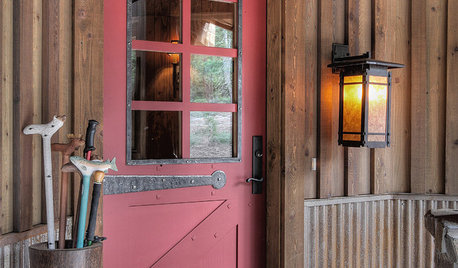
DESIGN DICTIONARYStrap Hinge
This strip may be narrow, but the weight it bears can be substantial
Full Story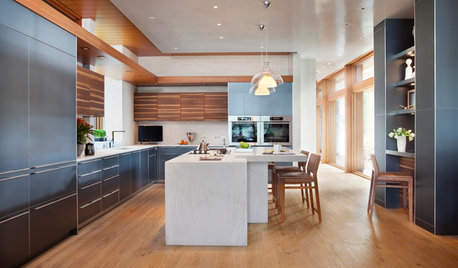
KITCHEN STORAGECabinets 101: How to Get the Storage You Want
Combine beauty and function in all of your cabinetry by keeping these basics in mind
Full Story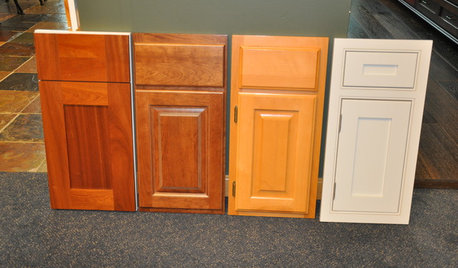
KITCHEN CABINETSLearn the Lingo of Kitchen Cabinet Door Styles
Understand door types, materials and cabinet face construction to make the right choice when you shop
Full Story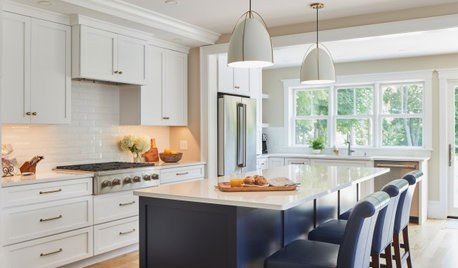
KITCHEN DESIGNPopular Cabinet Door Styles for Kitchens of All Kinds
Let our mini guide help you choose the right kitchen door style
Full Story
KITCHEN CABINETSChoosing New Cabinets? Here’s What to Know Before You Shop
Get the scoop on kitchen and bathroom cabinet materials and construction methods to understand your options
Full Story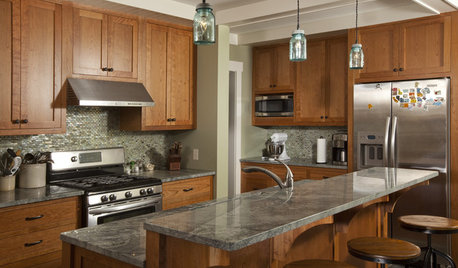
KITCHEN CABINETSCabinets 101: How to Choose Construction, Materials and Style
Do you want custom, semicustom or stock cabinets? Frameless or framed construction? We review the options
Full Story
MOST POPULARFrom the Pros: How to Paint Kitchen Cabinets
Want a major new look for your kitchen or bathroom cabinets on a DIY budget? Don't pick up a paintbrush until you read this
Full Story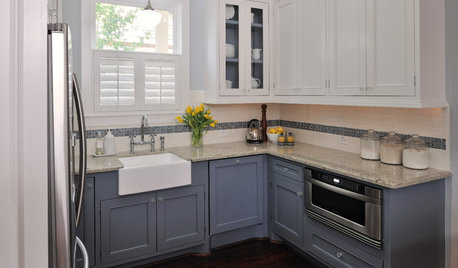
KITCHEN CABINETSKeeping Cabinet Color on the Down Low
Give just base cabinets a colorful coat for a kitchen sporting character and a spacious look
Full Story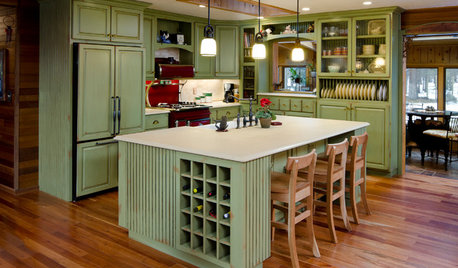
MOST POPULARHow to Reface Your Old Kitchen Cabinets
Find out what’s involved in updating your cabinets by refinishing or replacing doors and drawers
Full Story
KITCHEN CABINETSKitchen Cabinet Color: Should You Paint or Stain?
Learn about durability, looks, cost and more for wooden cabinet finishes to make the right choice for your kitchen
Full StoryMore Discussions







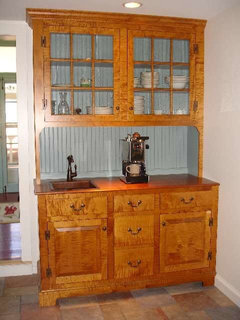


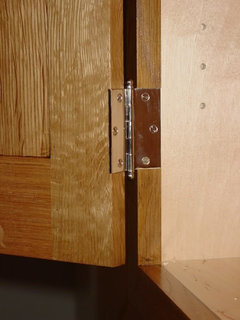


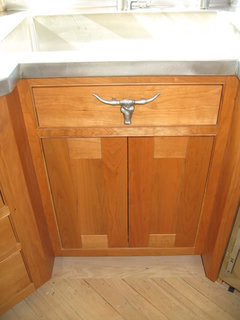



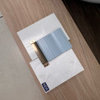

bayareafrancy